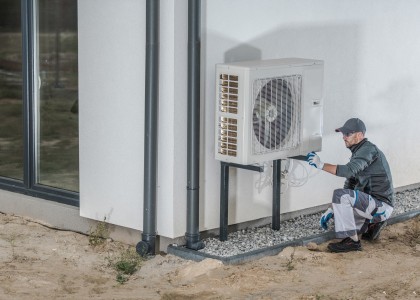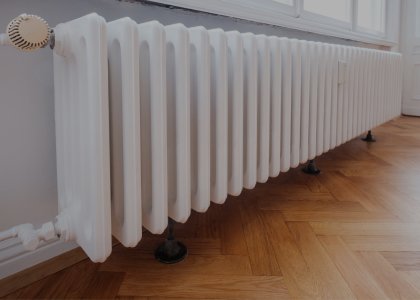The Clean Power Plan may be stayed, but the Environmental Protection Agency (EPA) continues to guide states who are considering their compliance options. This morning, EPA indicated its commitment to moving ahead with the Clean Power Plan by sending a proposal on the Clean Energy Incentive Program (CEIP) to the Office of Management and Budget. The CEIP is a program that would provide states with extra credit for using energy efficiency in low-income households and communities to reduce emissions prior to the compliance period.
In an ACEEE white paper released today, we guide states through designing and implementing low-income energy efficiency programs and investments. We focus on approaches that are well suited for credit under the CEIP and for helping states achieve their overall emission limits under the CPP. Consistently a cost-effective option for meeting electricity demand, keeping electricity bills low, and reducing environmental compliance costs, energy efficiency is a great way for states to meet a significant portion of their Clean Power Plan targets. States with high poverty rates particularly stand to benefit from low Clean Power Plan compliance costs, so it’s important for them to think carefully about compliance strategies that will reduce low-income households’ energy burden and generate benefits for their communities.
The value of energy efficiency in low-income households and communities
The Clean Power Plan offers an excellent opportunity for states to set up long-term strategies to benefit the communities most in need. Recent ACEEE research has illustrated that low-income families face a distinct energy burden, spending a larger portion of their income on utility bills than the general population. Because of that, energy efficiency can make a big difference to those families. Energy efficiency keeps electricity affordable and improves low-income families' quality of life. Many businesses and community-based organizations that serve low-income households also stand to benefit from energy efficiency projects, which reduce their operating expenses and spur local economic development. It’s important for state regulators and program administrators to consider the best way to meet the needs of those communities by keeping compliance costs low and investing in energy efficiency in low-income neighborhoods. We lay out the elements of the most successful energy efficiency programs for low-income residents in a report published last month. Now, it’s time for states to think even bigger. By expanding energy efficiency programs and investments for people at all income levels, states will harness untapped energy and emission savings, laying a strong foundation for success.
Next steps for states
States don’t need to start from scratch when it comes to making plans for energy efficiency in low-income communities. Instead, they can draw upon the great resources already available to them. As our best practice guide lays out, public housing authorities, housing finance agencies, affordable housing organizations, and other energy efficiency program managers can help state air offices understand how energy efficiency programs and investments designed for low-income communities are delivered, and how they can be improved. In turn, state air regulators can incentivize these programs in their compliance plan and participate in the CEIP to earn extra compliance credit for early emission reductions from energy efficiency programs for low-income households. By working together to include programs for low-income communities in their state’s compliance plan, air offices and the affordable housing community will create a sense of permanence for these programs and investments, and they will open the door for any additional funding that becomes available for compliance efforts.
Leveraging energy efficiency in Clean Power Plan compliance
There are many ways that states can use energy efficiency to lower the cost of compliance with air regulations. ACEEE’s best practice series highlights several of the energy efficiency policies and programs that states should consider. The first paper describes the steps states can take to develop a compliance plan and use energy efficiency as a core strategy. The second paper helps states lead by example through energy efficiency in public buildings. Today’s paper on implementing and evaluating investments and energy efficiency programs for low-income communities is our newest addition to the series. From webinars to compliance planning tools, stay tuned as ACEEE continues working to help states take full advantage of opportunities to increase their energy efficiency.




